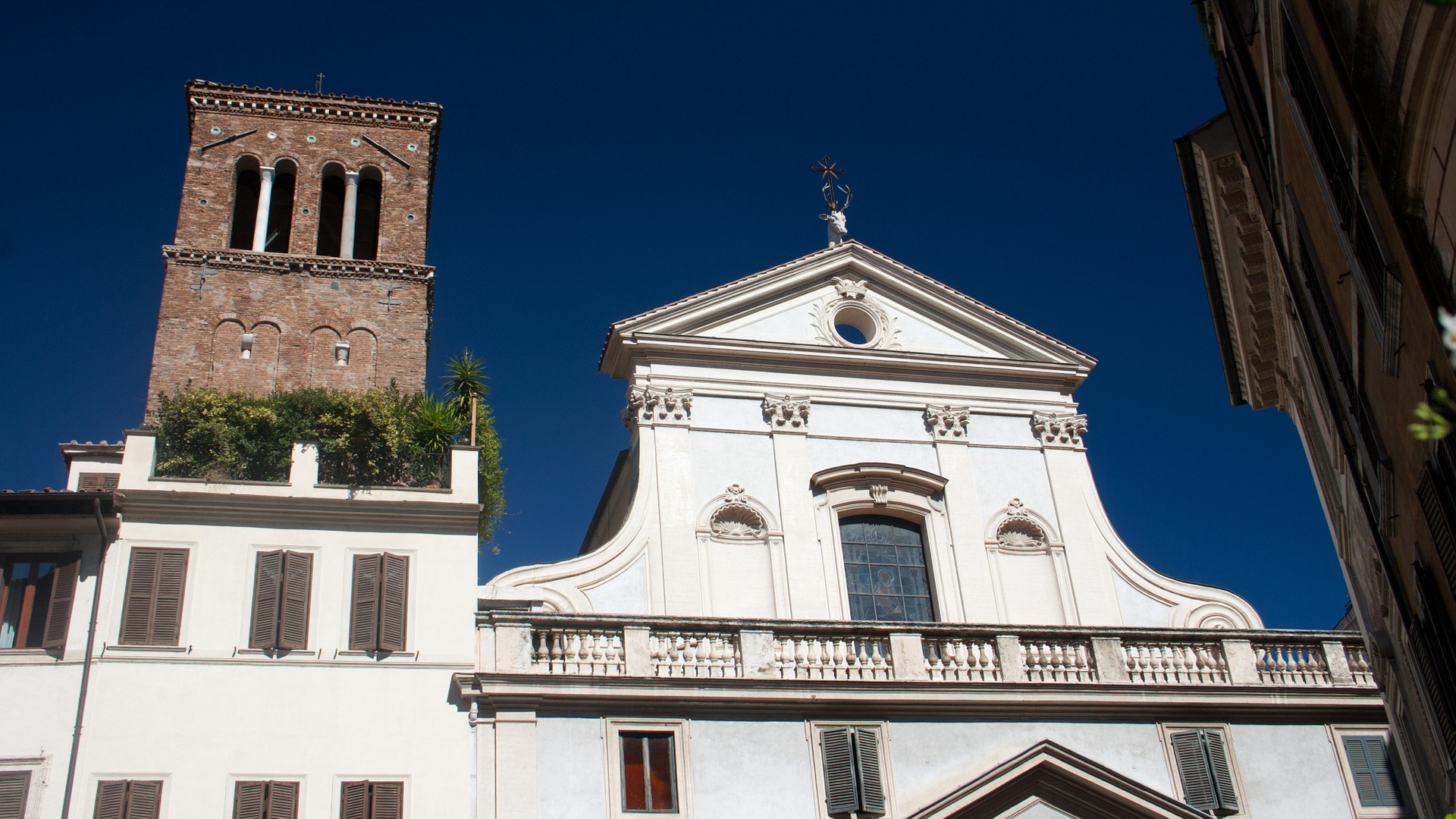
It is one of the protagonists of the curious “stone zoo” we can come across while walking through the streets of the city center: we are talking about the stag’s head with a crucifix between its antlers that towers over the beautiful church in the small square of Sant’Eustachio, just a few steps from the Pantheon, Piazza Navona and Palazzo Madama, which also gives its name to the city Rione.
According to the legend, the church would rise on the house of Placidus, an officer in the Roman army who, while out hunting, came across a stag bearing the image of Christ between its antlers. Converted to Christianity and baptized in the name of Eustace, the future saint was gruesomely martyred (roasted alive in a hollow bronze bull) with his entire family under Emperor Hadrian: about two centuries, Constantine the Great would turn the house into a place of worship, then several times radically restored in the centuries to follow.
The church actual appearance dates back to the 18th-century rebuilding: all that remains of the ancient medieval church is the beautiful Romanesque bell tower commissioned by Pope Celestine III in about 1195 and decorated with pottery dishes glazed in different colors. Inside, the basilica has a nave and three side chapels decorated with 18th-century paintings and architecture. On the counterfaçade, there are a stained-glass window showing the Penitent Magdalene, made in the late 19th century by Gabriel and Louis Gesta of Toulouse, and a majestic 18th-century organ. The high altar, rich in polychrome marbles and bronzes, was designed by Nicola Salvi (1739): it rests on an urn that, according to legend, contains the bodies of St. Eustace, his wife and children, and is surmounted by a canopy by Ferdinando Fuga with a deer, dove, cherubim and palm trees.
An inscription on the façade of the church, at the corner with Via di Sant’Eustachio, commemorates one of the Tiber floods that periodically swept through the city: “AN(NO) SAL(UTIS) M VD TIBERIS SERENO AERE AD HOC –SIG(NUM) CREVIT NON(IS) DECEMB(I)R(IS) ALEX(ANDRI) VI P(ONTIFICIS) M(AXIMI) AN(NO) III”, that is “In the Year of Salvation 1495, on a clear day, the Tiber came to this mark – in the none of December (on December 5) in the third year of Alexander VI Pontifex Maximus”.
A stone zoo
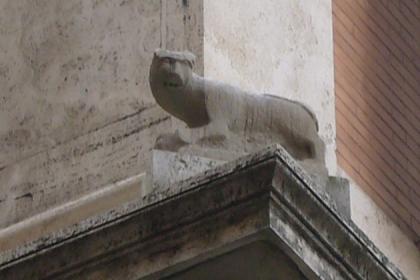
Una passeggiata per le vie del centro storico alla ricerca di animali simbolici
Flood plaques
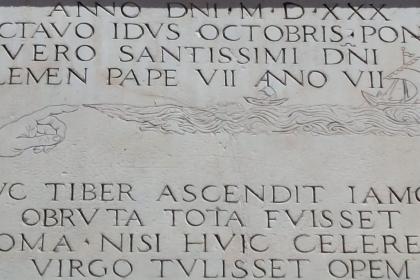
Navona Square
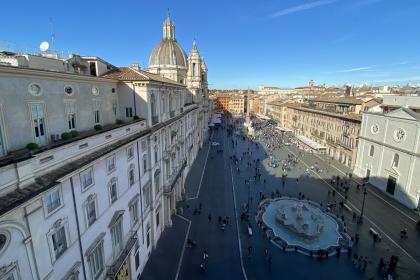
 Condividi
Condividi
The most iconic square of Baroque Rome
Palazzo Madama (Sitz des italienischen Senats)
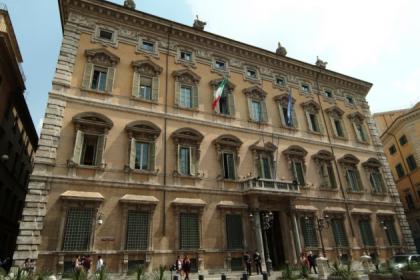
 Condividi
Condividi
Information
For the timetable of the masses and visiting conditions, please consult the contacts.
 Condividi
Condividi
Location
To find out about all accessibility services, visit the Rome accessible section.











































